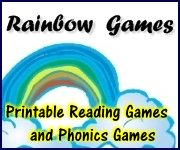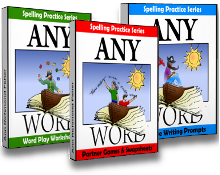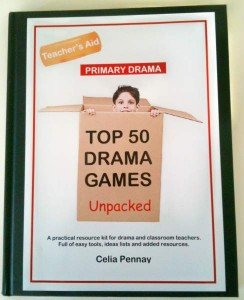How to Write a Biography
Essays Connected with Multiple Intelligence Projects
Learning how to write a biography gives students the chance to read more about the people who interest them. Combine their essays with interesting projects for interesting presentations! This is an opportunity to write across the curriculum using a variety of multiple intelligence presentation formats. Whether you assign biographies of influential people within specific subject areas, or allow kids to follow their own fancies of whom to write about, creative writing activities make reading and writing biographies all the more enjoyable. Discovering how to write a biography provides students with plenty of practice in using the writing process, as well as how to write a story sequentially.
Visit this page for a plethora of "ouside-the-box" creative biographical report ideas. In this article, however, we'll tie a conventionally written essay with multiple intelligence projects. Let's take a look a variety of presentation ideas based on the nine ways of being "smart". I'm sure you'll think of many more!
How to Write a Biography with Multiple Intelligence Connections
- Verbal-Linguistic: write an historical fiction short story based upon the life of the person you choose
- Spatial: create a colorful mobile of the main events in the person's life
- Bodily-Kinesthetic: dress as the person you choose and "present" your life's story to your classmates; write and dramatize a one-act play based upon the most influential events of the person's life
- Logical-Mathematical: create a time line of the person's life
- Interpersonal: create a portrait collage of the most influential people in the life of the person you read about
- Intrapersonal: create a visual illustration of how this person has influenced you
- Musical: if you read about a musician, play samples of their work for the class
- Naturalist: if you read about a naturalist, biologist, or other environmental scientist, create a photo display of the animals, plants, or ecosystems significant to their work
- Existential: create a "what if?" illustration or skit based upon the idea of "What if this person had not been born? How would the world be a different place?"
How to Write a Biography Using a Cluster Map
Pre-writing:- Step 1: First, you'll need to decide what parameters to place around the project. Do you want to assign biographies of influential persons within a given subject area? Or do you want to allow your students a free range of choices? Once students have made their selections, have them make a four-block cluster map with the following notes as they read. Block 1/Introduction: include the person's name, most well-known contribution, date and place of birth. Block 2/Family and Childhood: include information about parents and siblings, the person's early life and education, and early aspirations. Block 3/Adult Years: include information about their higher education, their work and goals, and important contributions. Block 4/Interesting Information and Conclusion: include any interesting information about the person's life, details about their final years (if appropriate), and about their overall contribution to their field.
- Step 2: Work with students to begin transforming the notes within each block of the cluster map into individual paragraphs. This is a good time to emphasize varied sentence structure, rich details, and the use of transitional words and phrases. Interesting sentences make interesting reading, and transitional phrases keep the essay easily flowing.
- Step 3: Encourage students to read over their work with a partner, with an eye for possible weaknesses. Rewrite any sections as needed.
- Step 4: Use the following checklist for evaluation before a final clean rewrite:
- Is the essay accurate?
- Are the facts correct?
- Has the essay been revised accurately from the rough draft?
- Are the events of the person's life written in sequential order?
- Does the essay have a main topic sentence and a main concluding sentence?
- Does the student have a good understanding of the individual's contributions to his or her field?
- Step 5: With a clean final copy paired with a hands-on creative project, your class will enjoy interesting presentations about many influential folk! We gain much from the lives of others, and learning how to write a biography was never the easy!
Return from How to Write a Biography to Creative Writing Activities
Return from How to Write a Biography to Creative Writing Ideas and Activities
Helping You Write Across the Curriculum!
copyright 2009-2013 www.creative-writing-ideas-and-activities.com
Our Most Popular Pages
5. Writing a Personal Narritive
10. Elements of Persuasive Writing
Recommeded Resources:
AnyWord(TM) Spelling Practice Series!
Worksheets, games and activities to use with any spelling words. Three volumes in all!
Stop Essay Pain!
LitWorks.com
Resources to help students prepare for literature examinations.
Teach Kids Drama!








